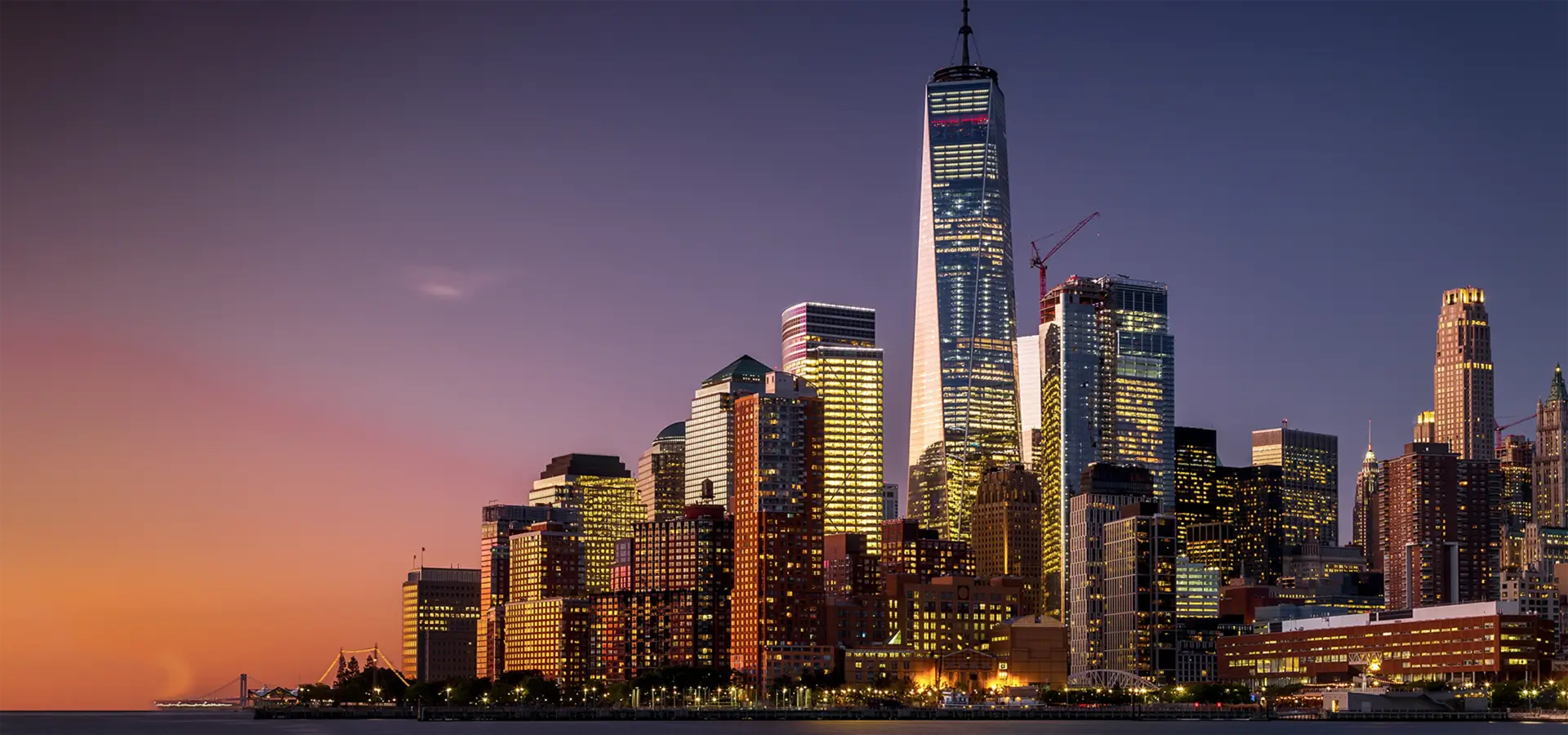

Exploring Float Glass The Clear Choice for Modern Architecture
Float glass, a term that may seem unfamiliar to some, is a fundamental material in the world of architecture and design. Since its invention in the mid-20th century, it has revolutionized how we think about transparency, light, and the aesthetic appeal of buildings. Understanding float glass is essential for anyone involved in construction, design, or even home improvement.
At its core, float glass is a type of transparent sheet glass that is produced using the float glass process. This method, pioneered by British glassmaker Sir Alastair Pilkington in 1952, involves floating molten glass on a bed of molten tin. The result is an incredibly smooth and uniform sheet of glass with a crystal-clear finish. One of the critical advantages of float glass is its optical clarity, free from the imperfections that can affect other types of glass. This makes it an ideal choice for windows and facades, allowing for maximum light transmission while providing excellent visibility.
Beyond its aesthetic appeal, float glass is also highly versatile
. It can be manufactured in various thicknesses and can be treated or coated to enhance its properties. For instance, low-emissivity (Low-E) glass coatings reduce heat transfer, making buildings more energy-efficient. Additionally, float glass can be tempered or laminated, increasing its strength and safety characteristics. This adaptability has made it suitable for a wide range of applications, from skyscrapers and commercial buildings to residential homes.
The environmental impact of float glass production is another important aspect to consider. The industry has made significant strides in recent years towards sustainability. Many manufacturers now employ recycling processes, reducing waste and minimizing energy consumption during production. Furthermore, the longevity and durability of float glass contribute to sustainable architecture, as it often requires less frequent replacement than other materials.
In terms of design, float glass offers endless possibilities. Architects and designers are increasingly using large glass panels to create stunning facades, which can blur the lines between indoor and outdoor spaces. The aesthetic appeal of glass allows for innovative designs that can enhance the beauty of any structure.
In conclusion, float glass is more than just a building material; it is a canvas for creativity and sustainability in modern architecture. Its unique properties, versatility, and environmental advantages make it an essential choice for anyone looking to create visually striking and functional spaces. As the architecture of our cities continues to evolve, float glass will undoubtedly remain at the forefront of building design.